Introduction to Kääbntäjä
The term “kääbntäjä” might appear to be a mysterious word, a typo, or a misspelling at first glance. Despite its non-existent status, this term opens the door to a captivating exploration of the intricacies of translation, language, and the power of words.
In this comprehensive article, we will delve into the concept of kääbntäjä, its implications, and the broader context of translation in our globalized world.
The Significance of Translation in Modern Society
Translation is a cornerstone of communication in our increasingly interconnected world. It enables the sharing of ideas, cultures, and knowledge across linguistic boundaries. From literature and business to technology and diplomacy, translation plays a critical role in bridging gaps and fostering understanding.
The Evolution of Translation
Translation has evolved significantly over the centuries. From ancient scribes painstakingly transcribing texts to the advent of modern machine translation, the methods and tools of translation have undergone a remarkable transformation. Understanding this evolution helps us appreciate the current state of translation technology and its future potential.
The Role of Human Translators
Despite the advancements in machine translation, human translators remain indispensable. They bring cultural context, emotional nuance, and an understanding of idiomatic expressions that machines struggle to replicate. The interplay between human and machine translation creates a dynamic landscape that continues to evolve.
The Intriguing World of Kääbntäjä
Deciphering the Meaning of Kääbntäjä
The term “kääbntäjä” is not found in any dictionary, and it does not belong to any recognized language. This anomaly invites us to explore the creative and sometimes humorous side of translation errors and typos. Such errors can lead to unintended meanings and fascinating linguistic discoveries.
The Impact of Typos in Translation
Typos and misspellings, like kääbntäjä, can have significant consequences in translation. They can alter meanings, create confusion, or even lead to humorous misunderstandings. Examining these errors highlights the importance of accuracy and attention to detail in the translation process.
Case Studies: Famous Translation Errors
Throughout history, there have been numerous instances where translation errors have led to unexpected outcomes. From diplomatic incidents to marketing blunders, these case studies provide valuable lessons in the importance of precise and context-aware translation.
The Science and Art of Translation
Linguistic Nuances and Challenges
Translating a text is not merely about converting words from one language to another. It involves understanding linguistic nuances, cultural references, and context. This section will explore some of the most challenging aspects of translation and how translators overcome these hurdles.
Translation Techniques and Strategies
Professional translators employ a variety of techniques and strategies to ensure accurate and effective translation. From literal translation to transcreation, understanding these methods provides insight into the complexity of the translation process.
Machine Translation: Advantages and Limitations
Machine translation has made significant strides in recent years, thanks to advancements in artificial intelligence and natural language processing. However, it still faces limitations, particularly in handling context, idiomatic expressions, and cultural nuances. We will explore the strengths and weaknesses of machine translation and its impact on the industry.
The Future of Translation: Trends and Innovations
Artificial Intelligence and Translation
AI is revolutionizing the field of translation, offering faster and more accurate solutions. We will examine how AI is being integrated into translation workflows and its potential to transform the industry.
The Role of Big Data in Translation
Big data plays a crucial role in improving translation quality. By analyzing vast amounts of multilingual data, machine translation systems can learn and improve continuously. This section will delve into the intersection of big data and translation.
Emerging Technologies in Translation
From neural machine translation to augmented reality translation tools, emerging technologies are reshaping the landscape of translation. We will explore these cutting-edge innovations and their implications for the future.
The Cultural Impact of Translation
Preserving Cultural Heritage Through Translation
Translation is not just about language; it is also about preserving and sharing cultural heritage. By translating literary works, historical documents, and other cultural artifacts, we ensure that they are accessible to a broader audience.
Promoting Cross-Cultural Understanding
Translation fosters cross-cultural understanding by enabling people to access and appreciate the richness of different cultures. This section will highlight the role of translation in promoting global harmony and mutual respect.
Translation and Globalization
In our globalized world, translation is more important than ever. It facilitates international business, diplomacy, and collaboration. We will explore the impact of translation on globalization and its role in shaping our interconnected future.
FAQs About Kääbntäjä
What does “kääbntäjä” mean?
Kääbntäjä is not a real word; it appears to be a typo or misspelling that has sparked interest in the world of translation. It symbolizes the unexpected and often intriguing outcomes of translation errors.
Why is translation important?
Translation is crucial for effective communication in a multilingual world. It enables the sharing of ideas, culture, and knowledge across linguistic boundaries, fostering understanding and collaboration.
How do human translators differ from machine translators?
Human translators bring cultural context, emotional nuance, and an understanding of idiomatic expressions that machines often miss. While machine translation is fast and cost-effective, it lacks the depth and accuracy that human translators provide.
What are some common challenges in translation?
Translation involves numerous challenges, including linguistic nuances, cultural references, idiomatic expressions, and context. Accurate translation requires a deep understanding of both the source and target languages and cultures.
How is AI changing the field of translation?
AI is revolutionizing translation by offering faster and more accurate solutions. It is being integrated into translation workflows, enhancing efficiency and quality. However, AI still faces limitations in handling context and cultural nuances.
Conclusion: Embracing the Complexity of Translation
The world of translation is complex, dynamic, and ever-evolving. The concept of kääbntäjä, though a mere typo, invites us to explore this fascinating field in greater depth. From the critical role of human translators to the promising future of AI and machine translation, understanding the intricacies of translation enriches our appreciation of language and communication.
As we continue to navigate our interconnected world, the importance of accurate and context-aware translation cannot be overstated. By embracing the challenges and innovations in translation, we can foster greater understanding, preserve cultural heritage, and build a more harmonious global community.
In summary, kääbntäjä, though a non-existent word, serves as a gateway to exploring the rich and multifaceted world of translation. Through careful analysis, innovative techniques, and a deep appreciation of linguistic nuances, we can ensure that the art and science of translation continue to thrive in our ever-changing world.





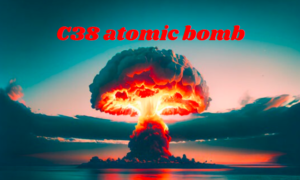

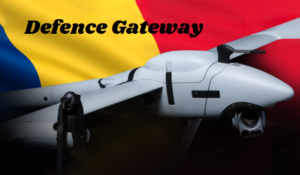


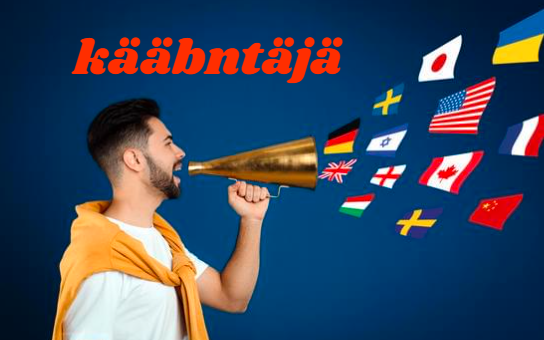


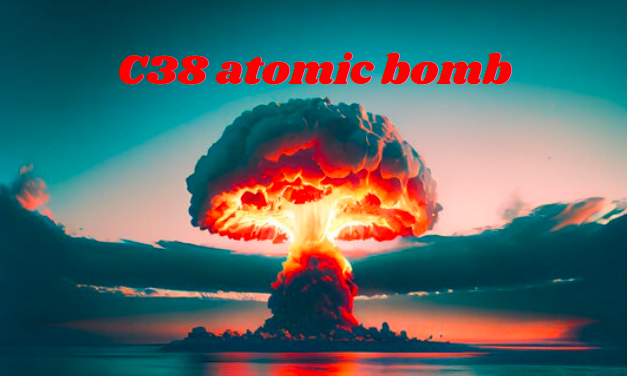




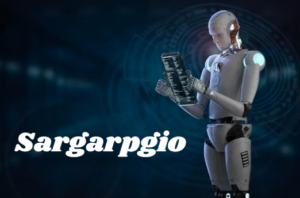

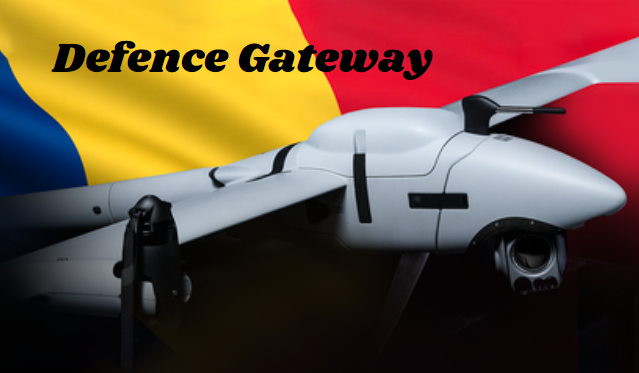
+ There are no comments
Add yours